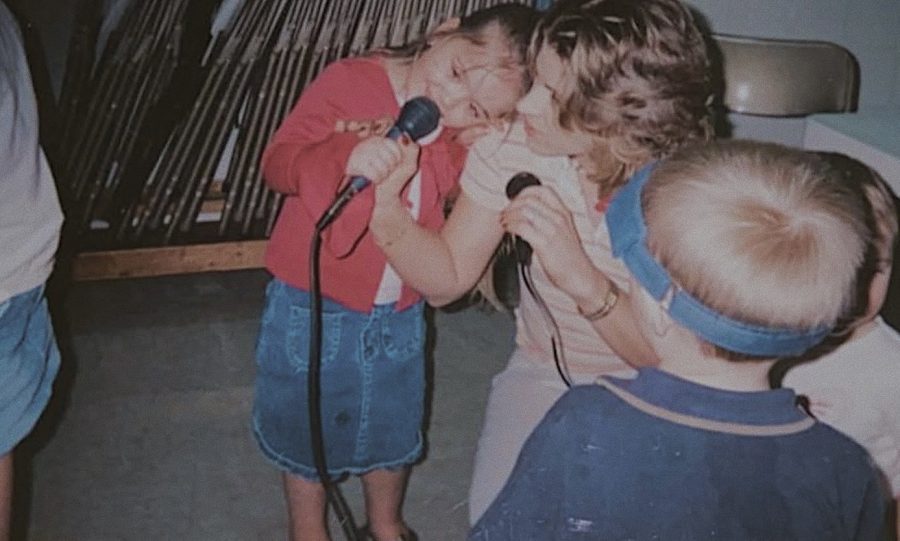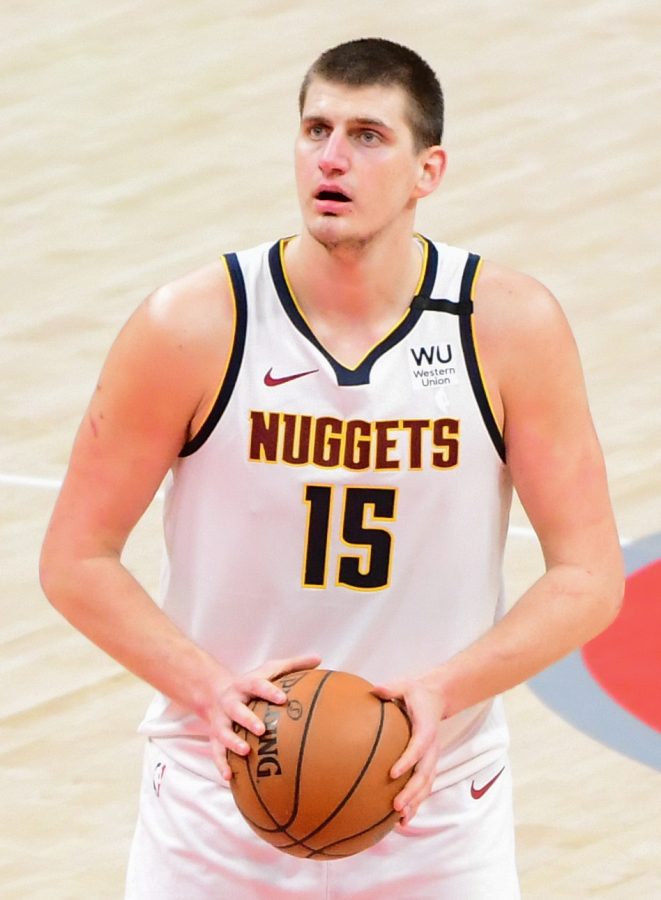
When John Calipari was announced as the head coach of the University of Kentucky men’s basketball team, he said he was going to recruit the best of the best.
He did just that, as he brought in what was arguably the best recruiting class of all time.
Now, following a successful season, he may be forced to do it again.
It appears as if there is going to be a mass exodus in the bluegrass, with reports stating as many as nine players from 2009-10 Kentucky basketball roster may be heading out of Lexington.
When the season began, it was known that superstar point guard John Wall and possibly big man DeMarcus Cousins were going to be one and done, but, now, it is looking more and more like the Cats’ heralded recruiting class, with the exception of little-used reserve Jon Hood, as well as two seniors and junior stud Patrick Patterson may be heading to the greener pastures of professional basketball.
This will no doubt leave Calipari scrambling to reload his roster for next season.
Recently, Calipari’s recruiting methods have been called into question by the media and fans.
Many believe while it is OK to have a few one and done players on a team, that it is not feasible to expect to build a program around players who view college basketball as merely a stepping stone to get to the millions of dollars available in the NBA.
Calipari is not the one who should be called into question in this matter — it is the NBA.
In 2005, NBA commissioner David Stern, feeling like the NBA was becoming oversaturated with players who were forgoing their college eligibility to jump straight to the league, instituted a rule that stated players could not jump straight from high school to the NBA.
The rule states players must be at least 19 years of age or be at least one year removed from high school before they can enter the NBA draft.
This rule penalizes players for being too good to go to college.
Now college basketball has become oversaturated with players who attend a school with having no intentions of graduating.
These players are attending college simply because they have no choice.
If a player feels he is good enough to jump from high school to the league, then more power to him.
If, following my first semester writing for The Horizon, I would have been contacted by The New York Times and offered a job writing for them, degree or not, I would have been gone like a thief in the night.
Maybe the NBA should institute a rule similar to the one employed by Major League Baseball.
If a player wants to enter the MLB draft following high school, then he can, but, if he chooses to attend college he is not eligible for the draft until he is 21 years old or he completes his junior year of college.
This would be a fair solution to college basketball’s problem with one and dones.
It is hard to see why Stern had a problem with players jumping straight from high school to the pros in the first place, as many of the league’s biggest superstars and money-makers, including the best two basketball players in the world, Kobe Bryant and LeBron James, never stepped foot on a college basketball court.
While it is enjoyable to watch these one and dones perform on the college level, they should not have to do so.
Part of the enjoyment of college basketball is watching a player develop during his time with a program, but this does not happen a lot in today’s game.
The players come in, against their will, light the college basketball world on fire for one season and they are gone.
In some instances, they are not even the best player on their team, but they hear through the grapevine they will be a first-round pick, which means a guaranteed contract, and they are gone in the blink of an eye.
The coming draft may see more early entrants than usual, as the threat of an NBA lockout during the 2011-12 season looms because the league is seeking a new collective bargaining agreement.
College basketball is at a crossroads.
Seeing events transpire as they have in Lexington in the last couple of weeks may make some coaches shy away from recruiting players who view a program as simply a stepping stone to millions, while others, like Calipari, do not see any way to succeed without recruiting these kinds of players.
By ERIC MCGUFFIN
Editor
demcguff@umail.iu.edu






